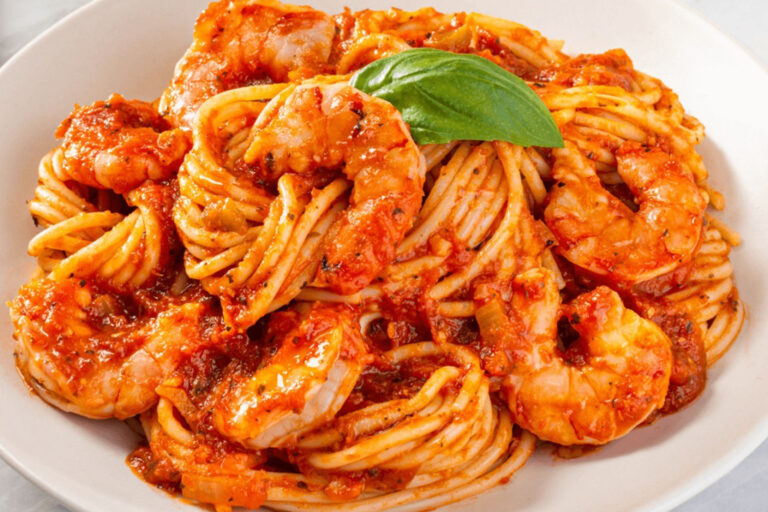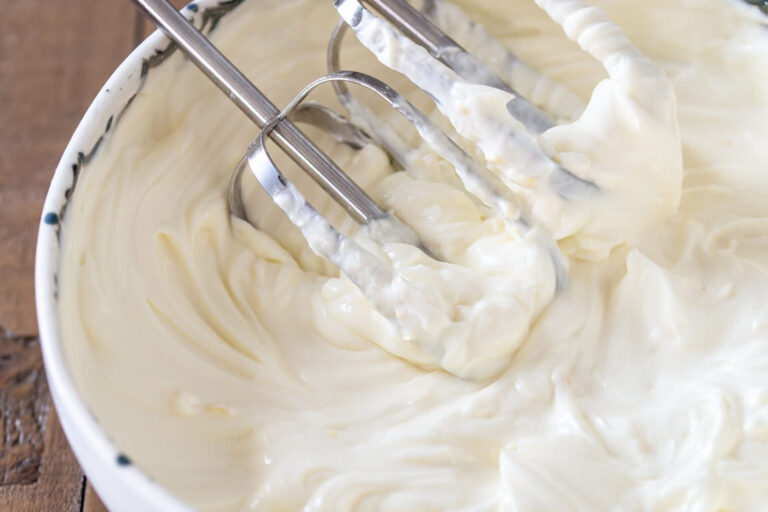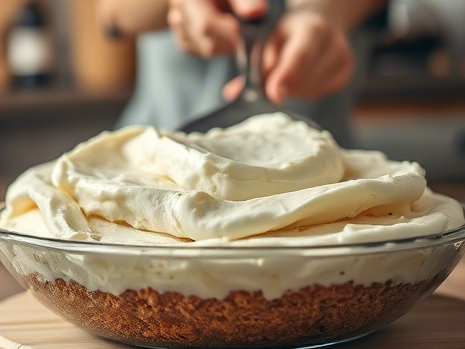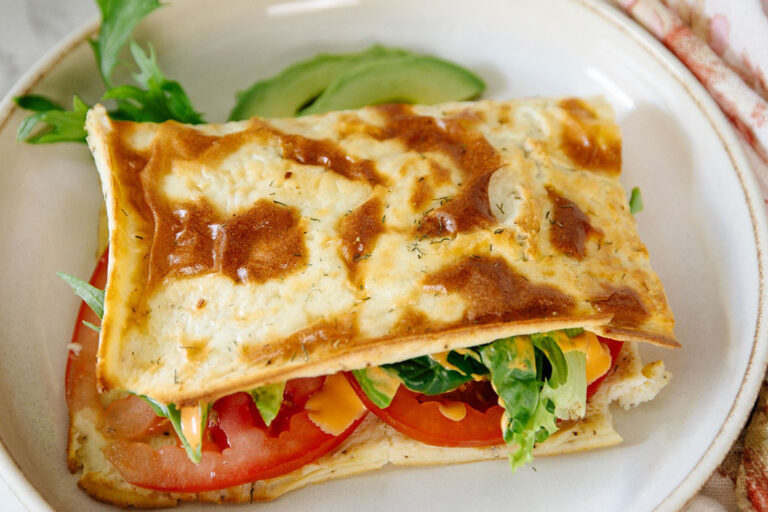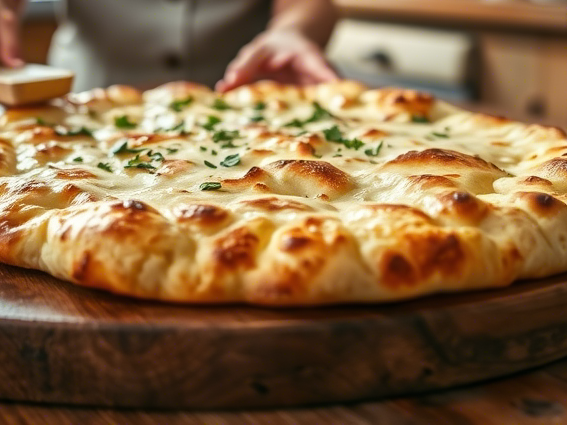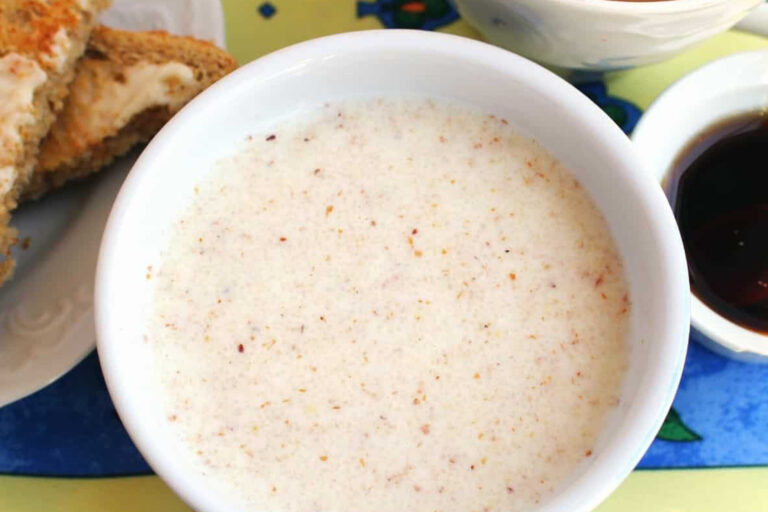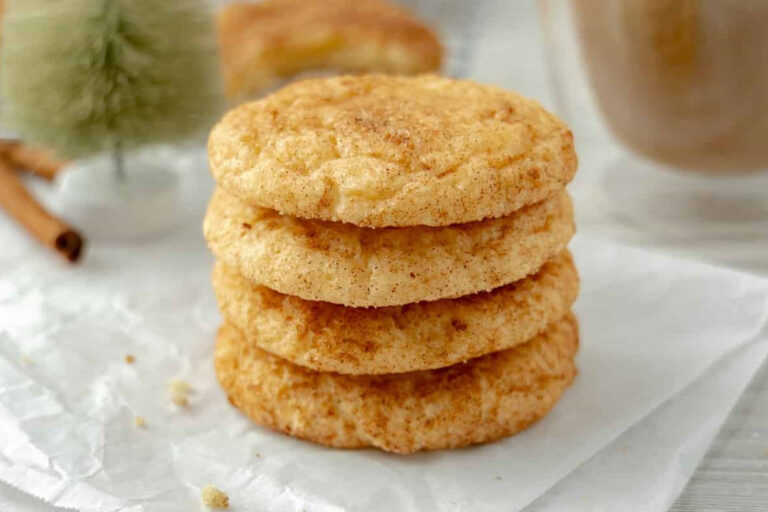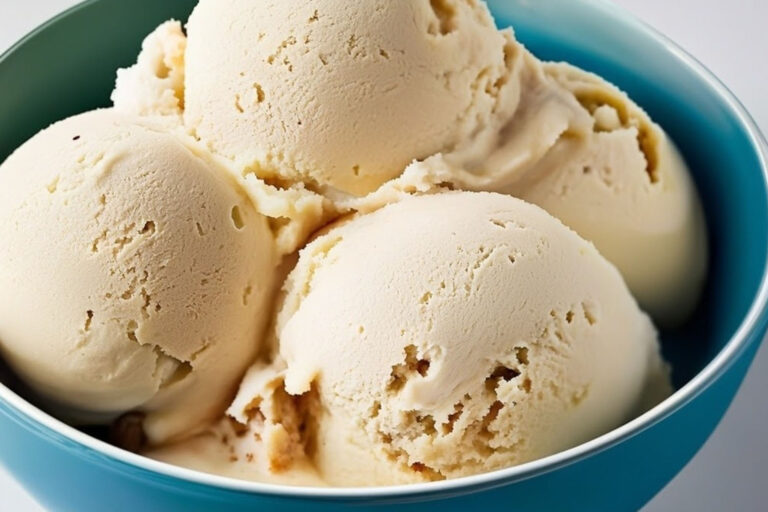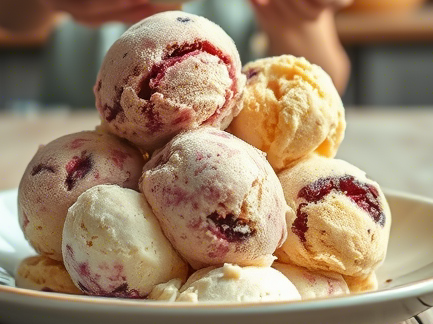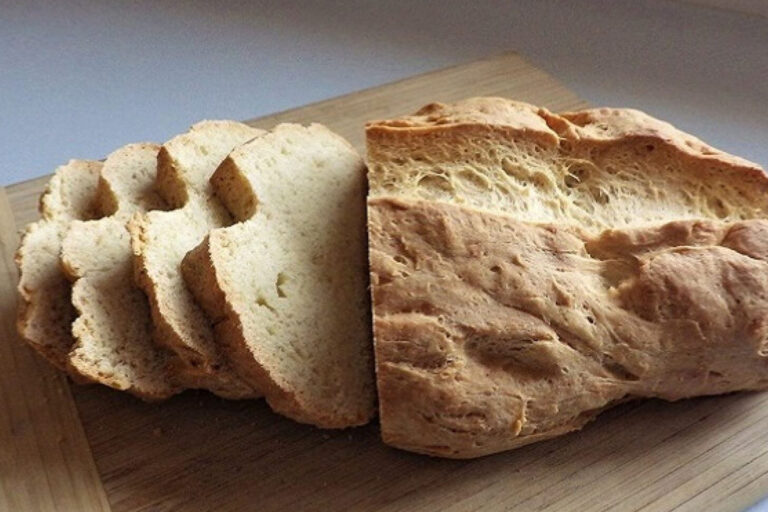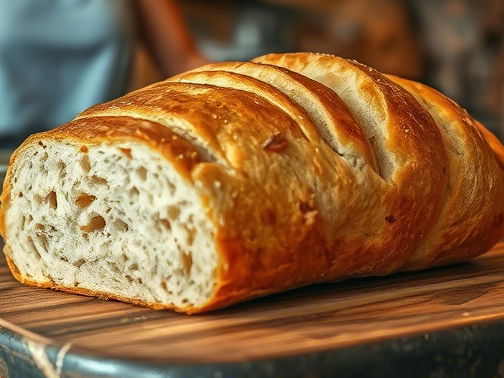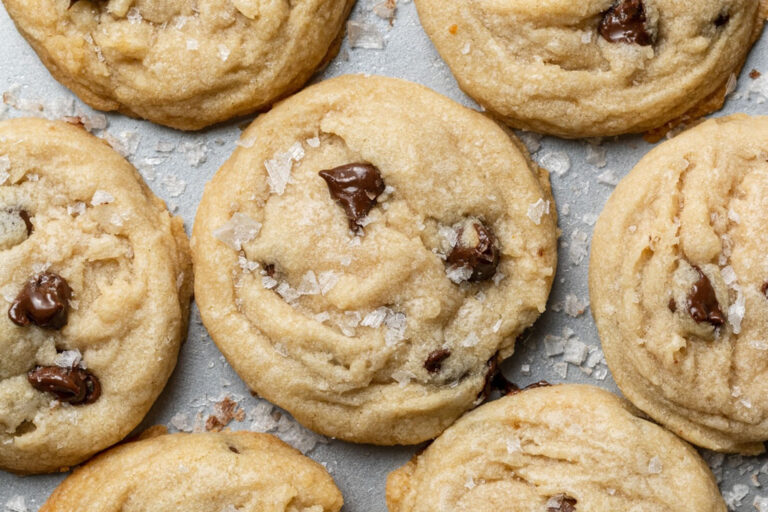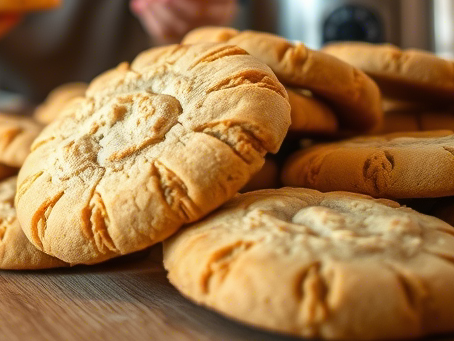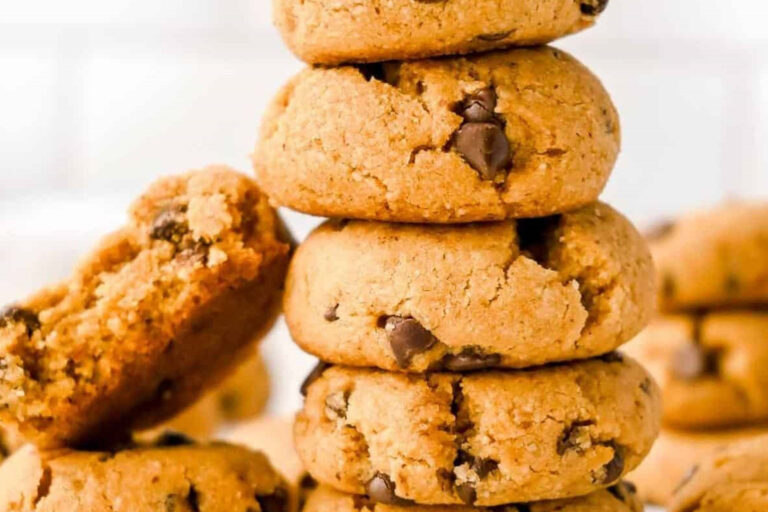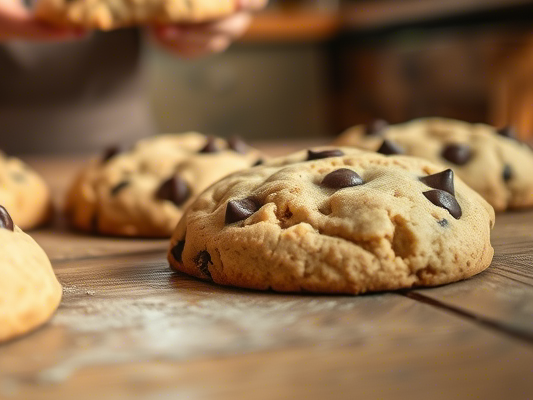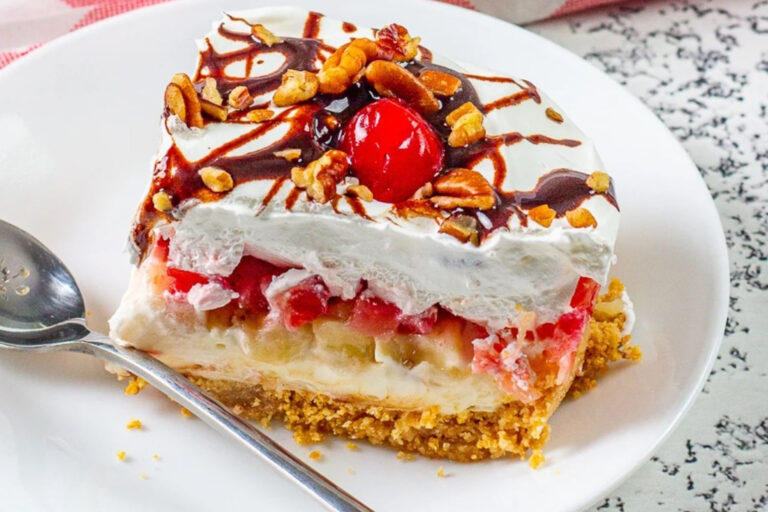How to Make Shrimp Marinara Pasta: 5 Simple Steps to Deliciousness
When it comes to cooking a meal that’s both quick and satisfying, shrimp marinara pasta is one of the best options you can choose. This Italian-inspired dish is loaded with flavor, featuring plump shrimp, a rich marinara sauce, and perfectly cooked linguine. Whether you’re making dinner for yourself or hosting a casual dinner party, this recipe is sure to impress.
In this guide, you’ll learn how to make shrimp marinara linguine in 5 simple steps that’ll guarantee success every time. From preparing the shrimp to serving up the final dish, we’ve got you covered.
Table of contents
Prep Time, Cook Time, and Total Time
Before diving into the recipe, let’s take a quick look at the prep time, cook time, and total time. Knowing how much time you’ll need helps you plan your meal more efficiently.
| Activity | Time |
|---|---|
| Prep Time | 10 minutes |
| Cook Time | 20 minutes |
| Total Time | 30 minutes |
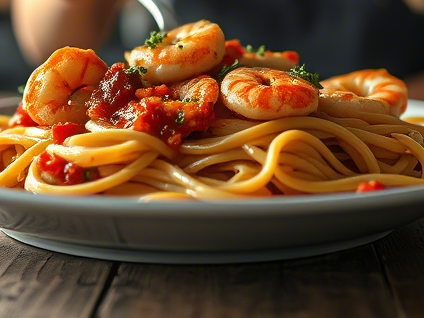
Ingredients for Shrimp Marinara Pasta
To make this delicious shrimp marinara pasta, you’ll need a few simple ingredients. Here’s a quick rundown:
| Ingredient | Quantity |
|---|---|
| Linguine | 8 oz |
| Shrimp (peeled and deveined) | 1 lb |
| Olive oil | 2 tbsp |
| Garlic, minced | 3 cloves |
| Marinara sauce | 2 cups |
| Red pepper flakes | 1/2 tsp |
| Fresh basil (optional) | 1 tbsp |
| Parmesan (optional) | For garnish |
With these ingredients, you’re well on your way to preparing a mouthwatering shrimp marinara linguine dish!
Step 1: Prepare the Shrimp
The first step in making shrimp marinara pasta is to properly prepare the shrimp. It’s important to clean and season them before cooking to ensure they turn out perfectly.
- Clean and Devein the Shrimp: If you’re working with raw shrimp, start by peeling them and removing the veins. This step ensures that your shrimp are tender and free of any unwanted textures.
- Season the Shrimp: Lightly season the shrimp with salt and pepper. For a little extra kick, you can also sprinkle in some red pepper flakes.
- Cook the Shrimp: Heat a bit of olive oil in a skillet over medium-high heat. Add the shrimp and cook for 2-3 minutes per side, or until they turn pink and opaque. Be careful not to overcook the shrimp—they cook quickly, and you don’t want them to become tough.
This is a crucial step because properly cooked shrimp are the star of the dish. Overcooked shrimp can become rubbery, which will impact the overall texture and flavor of your pasta. Once the shrimp are done, remove them from the skillet and set them aside for later.
Step 2: Make the Marinara Sauce
Next, it’s time to make the marinara sauce. You have two options here: use a store-bought marinara sauce or make your own. We’ll guide you through both options, so you can choose whichever works best for you.
Option 1: Using Store-Bought Marinara Sauce
If you’re pressed for time, a good-quality store-bought marinara sauce will work perfectly. Look for one with minimal added sugar and preservatives, so the flavor remains rich and authentic.
Option 2: Homemade Marinara Sauce
Making your own marinara sauce is easy and only requires a few ingredients:
- Olive oil: Sauté 3 cloves of minced garlic in 2 tablespoons of olive oil until fragrant (about 1 minute).
- Tomatoes: Add 2 cups of canned crushed tomatoes and bring the mixture to a simmer.
- Seasonings: Season with salt, pepper, a pinch of sugar (to balance acidity), and red pepper flakes for a touch of heat. Simmer for 10-15 minutes, allowing the flavors to combine and deepen.
- Herbs: Fresh basil can be added at the end for a burst of fresh flavor.
While store-bought marinara is a quick solution, homemade marinara offers a richer and more personalized flavor profile.
Step 3: Cook the Linguine
Now it’s time to cook the linguine, the perfect base for your shrimp marinara pasta. Here’s how to get it just right:
- Boil Water: Bring a large pot of salted water to a boil. The salt helps flavor the pasta.
- Cook the Linguine: Add the linguine to the boiling water and cook according to the package instructions (usually around 8-10 minutes for al dente).
- Reserve Pasta Water: Before draining the pasta, be sure to save about a cup of the pasta cooking water. This starchy water will help thicken the sauce and ensure it clings to the linguine.
- Drain the Linguine: Once the pasta is al dente, drain it, but don’t rinse it. You want to keep that starchy coating that helps the sauce adhere.
By cooking the linguine properly, you’ll ensure the perfect texture—neither too soft nor too firm.
Step 4: Combine Shrimp and Sauce
With the shrimp, sauce, and pasta all ready, it’s time to combine them into one delicious dish.
- Heat the Sauce: In a large pan, heat your marinara sauce over medium heat. If the sauce has thickened too much, add a little of the reserved pasta water to thin it out.
- Add the Shrimp: Once the sauce is heated through, add the cooked shrimp back into the pan. Stir to combine and let the shrimp simmer in the sauce for 2-3 minutes to absorb the flavors.
- Toss in the Pasta: Add the drained linguine to the pan and toss everything together. If the sauce seems too thick, add more reserved pasta water to achieve a silky texture.
This is the moment when all the elements of the dish come together. The shrimp soak up the marinara sauce, and the linguine becomes coated with that delicious, savory goodness.
Step 5: Serve and Garnish
Once everything is combined, it’s time to plate and garnish your shrimp marinara pasta.
- Plate the Pasta: Serve the linguine on individual plates or in a large serving bowl. Use tongs to make sure the pasta is neatly arranged.
- Garnish: Add a sprinkle of fresh basil for a pop of color and flavor. You can also grate some Parmesan cheese over the top for extra richness.
- Add Extra Spice: If you like a bit of heat, sprinkle a few more red pepper flakes on top for an extra kick.
Not only does garnishing your dish make it visually appealing, but it also adds layers of fresh flavor that elevate the overall experience.
FAQs
What is the best type of pasta for shrimp marinara?
Linguine is the classic choice for shrimp marinara because its flat surface holds the sauce beautifully. However, spaghetti or fettuccine will work just as well. Choose your favorite!
Can I use frozen shrimp for this recipe?
Yes, frozen shrimp can be used. Just make sure to thaw them thoroughly before cooking. You can thaw shrimp quickly by placing them in a bowl of cold water for 15-20 minutes.
Can I make shrimp marinara pasta ahead of time?
While shrimp marinara pasta is best served fresh, you can prepare the sauce and shrimp in advance. Store them separately in the fridge for up to 2 days, then reheat and toss with freshly cooked pasta when ready to serve.
How do I adjust the spice level in this recipe?
For a milder dish, reduce or omit the red pepper flakes. If you love a spicy kick, you can add extra red pepper flakes or even a pinch of cayenne pepper.
Conclusion: Enjoy Your Shrimp Marinara Pasta
There you have it! You now know how to make shrimp marinara linguine in 5 simple steps. Whether you’re cooking for a crowd or enjoying a quiet meal at home, this dish is guaranteed to satisfy. With succulent shrimp, rich marinara sauce, and perfectly cooked linguine, it’s a meal that’s as easy to make as it is delicious.
So, why not give it a try tonight? You’re just five steps away from a fantastic dinner that will impress everyone at the table. Enjoy your shrimp marinara pasta and savor every bite!

